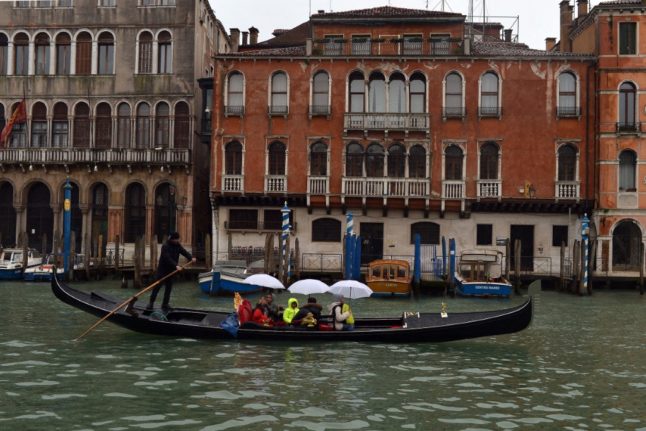The Easter holidays in Italy have been consistently marked by wet and chilly conditions in recent years, and the trend looks set to continue this weekend, though only for part of the country.
According to the latest reports, the presence of two opposite weather fronts – a cold front sweeping in from western Europe and a warm air area moving up from northern Africa – will create a ‘weather split’ over the weekend, with rainfall expected in northern regions and sunny conditions forecast for much of the centre and south.
#METEO – #Pasqua e Pasquetta: Italia spaccata | https://t.co/HBgoCqrdAq Invia le tue segnalazioni con whatsapp al 3932424240 https://t.co/jdfQI83qmx pic.twitter.com/w8pDb0EEZY
— TG24.info (@TG24info) March 28, 2024
The cold front is expected to bring showers of low to medium intensity to all northwestern regions from the early hours of Saturday, March 30th, with rainfall forecast to concentrate in the Lombardy and Liguria regions.
The rest of the country should experience sunny or partly sunny conditions and daytime temperatures in line with or even above seasonal averages, with the mercury possibly rising as high as 23C to 24C in the south.
Conditions in the north should worsen on Easter Sunday, with heavy rain expected to hit all northern regions at some point during the day and possibly pushing as far down along the peninsula as Tuscany and Marche. Temperatures during the day are expected to largely range between 14C and 18C depending on the location.
The rest of the country should continue to experience clear skies and warm temperatures throughout the day, with possible daytime highs of 25C in southern regions, including Sicily and Puglia.
Overall weather conditions in the north shouldn’t show any meaningful improvement on Easter Monday (or Pasquetta in Italian) as all regions in the area and northern sections of Tuscany and Marche are expected to see heavy downpours during the day.
Sunny weather and warm daytime temperatures are forecast to persist across the rest of the peninsula on Monday.




 Please whitelist us to continue reading.
Please whitelist us to continue reading.
Member comments